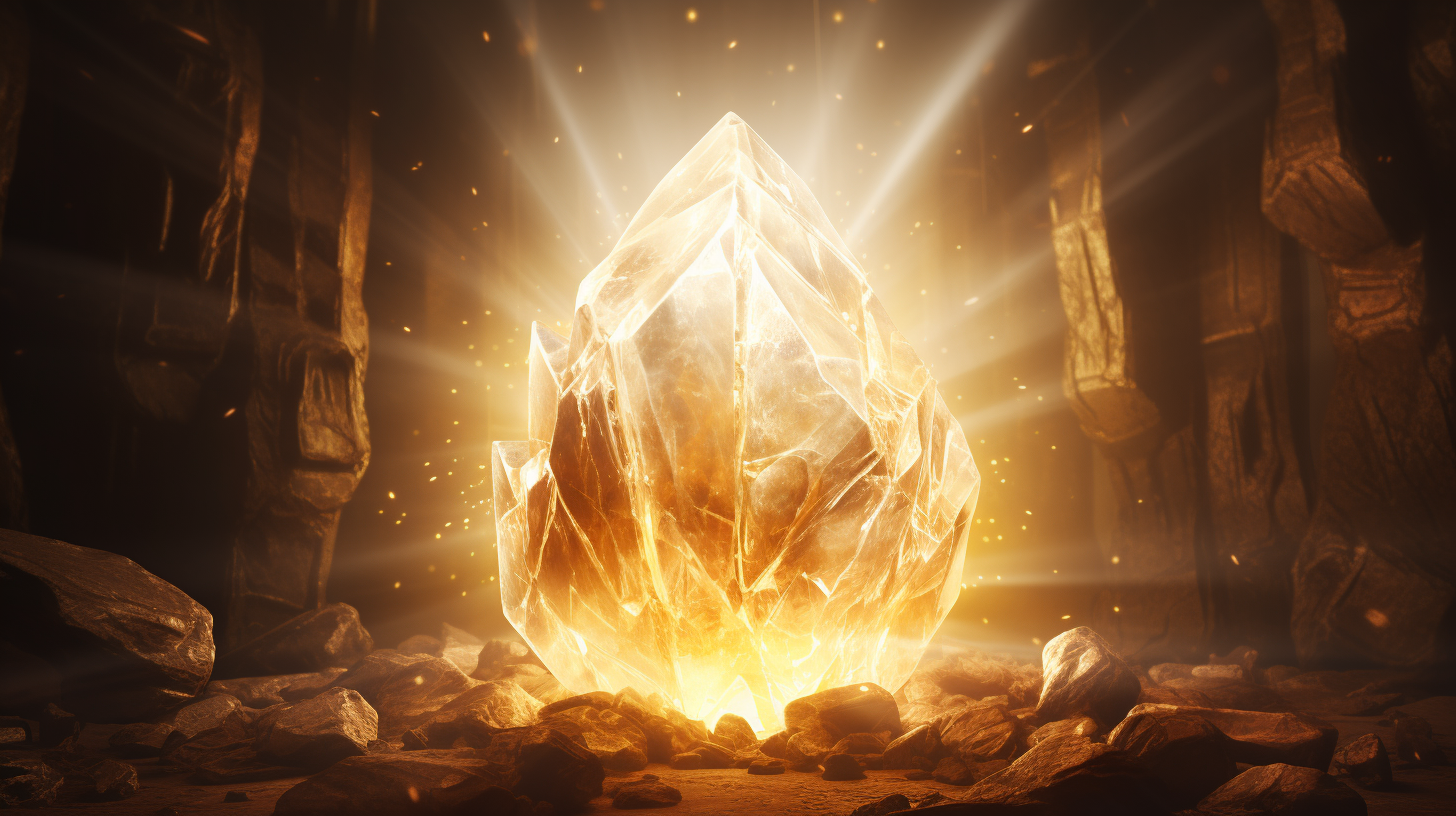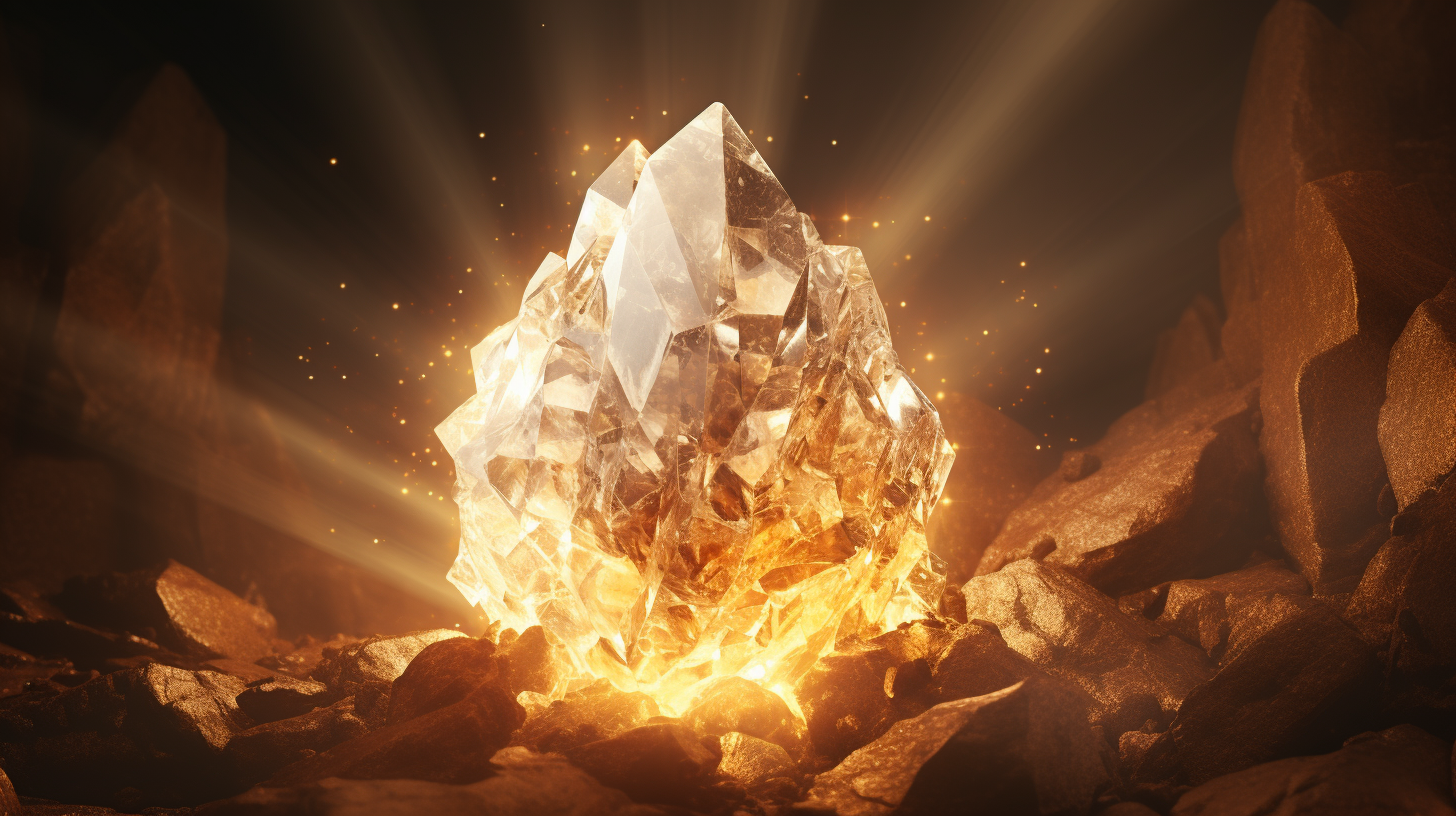In the heart of Edinburgh, Scotland, on a crisp November day in 1996, a remarkable event unfolded. It was St. Andrew’s Day, a momentous occasion for the Scots, and the center of attention was a seemingly unremarkable stone weighing a hefty 335 pounds.
Known as the Stone of Scone or, according to legend, the Stone of Destiny, this roughly two by one-foot sandstone block held a captivating history that stretched back over seven centuries.
This stone, at first glance, appears as an ordinary piece of rock, devoid of any apparent significance. However, its story, woven through the annals of time, weaves a tapestry of wars, contests between nations, and religious importance that few artifacts can match.
One intriguing facet of the Stone of Destiny is its deep-rooted religious connection, tracing its origins back to biblical tradition. In the Book of Genesis, the patriarch Jacob had a vision at a place called Bethel, where he used stones as pillows while he slept.
Legends suggest that Jeremiah, a later prophet, transported this very stone to Ireland, eventually finding its way to Scotland in 848.

In Scotland, a nobleman named Kenneth MacAlpin brought the sandstone slab to the medieval town of Scone. According to Scottish lore, this stone had the power to declare the rightful ruler of the land.
When the true monarch placed their foot upon it, the stone would proclaim their legitimacy. Thus, it became a central element in Scottish coronation rituals, signifying that the monarch was chosen by divine providence rather than mere human selection.
In 1296, King Edward I of England sought to claim the Stone of Destiny and the Scottish throne for himself, underlining its profound significance. While conquerors typically plundered gold, jewels, and diamonds, Edward I chose this unassuming stone as a symbol of his conquest, further highlighting its importance.
He had himself crowned on this very stone and declared himself not only the king of the English but also the king of the Scots.
The Stone of Destiny was placed in Westminster Abbey beneath a coronation chair known as Edward’s Chair, effectively turning it into a throne. The belief in the stone’s power was so potent that it shaped the destiny of rulers for centuries, proving that its influence extended far beyond mere superstition.
The question arises: What is it about this unadorned slab of rock that continues to hold such sway in the modern era? Surprisingly, even in the 21st century, British monarchs are still anointed on this stone, emphasizing its enduring significance.
It is a testament to the enduring belief in the divine selection of rulers, a belief that transcends time and place.

Yet, doubts have begun to emerge among some Scottish individuals about the authenticity of Elizabeth II’s coronation in 1953. These skeptics question whether the Stone of Destiny used in her coronation was, in fact, the genuine article.
On Christmas Day in 1950, a group of audacious Scottish students infiltrated Westminster Abbey and pilfered the Stone of Destiny. They spirited it away to Arbroath Abbey in Scotland, placing it under the jurisdiction of the Church of Scotland. Eventually, the stone was returned to England, but rumors persist that the original stone never made it back to Westminster, leaving the possibility that a replica now rests beneath the coronation chair.
The claim of a counterfeit Stone of Destiny is intriguing but not without its challenges. When the stone was returned to Scotland in 1996, it came with a condition—the English would retain the right to use it in future coronations.
This stipulation underscores the enduring belief in its power and the importance of heritage, traditions, and history in imbuing an object with significance.
Video:
In the end, whether the Stone of Destiny is genuine or a cleverly crafted replica may forever remain an enigma. Regardless of its authenticity, its enduring role in shaping the destiny of rulers and nations is undeniable, making it a captivating piece of Scotland’s rich history that continues to intrigue and mystify to this day.

20 thoughts on “The Enigmatic Tale of Scotland’s Stone of Power”
Comments are closed.